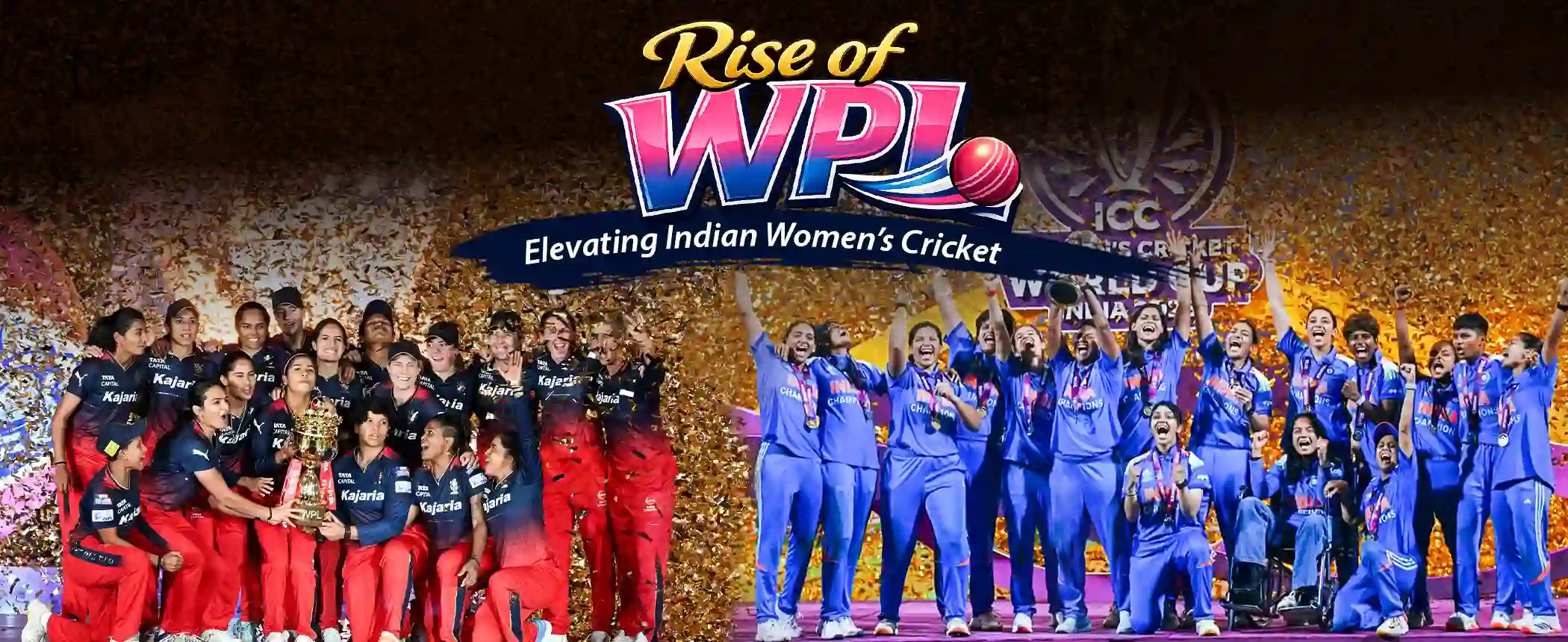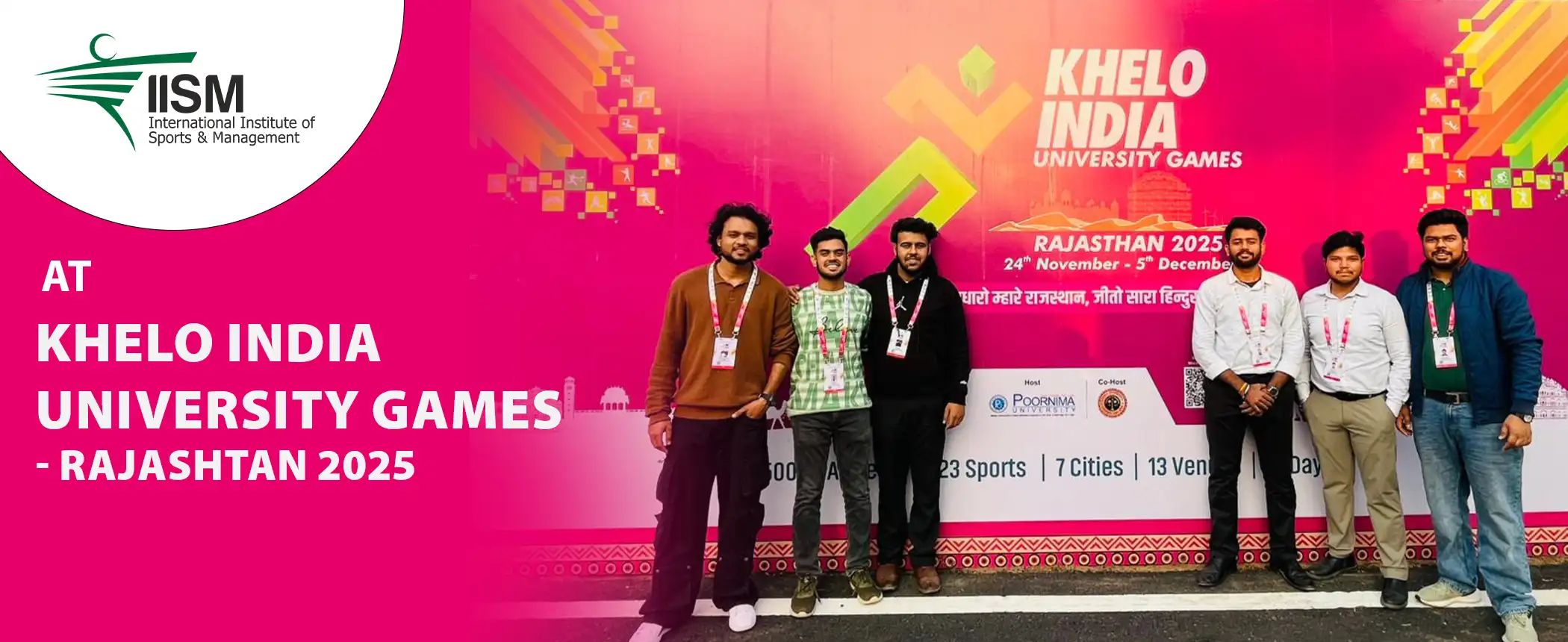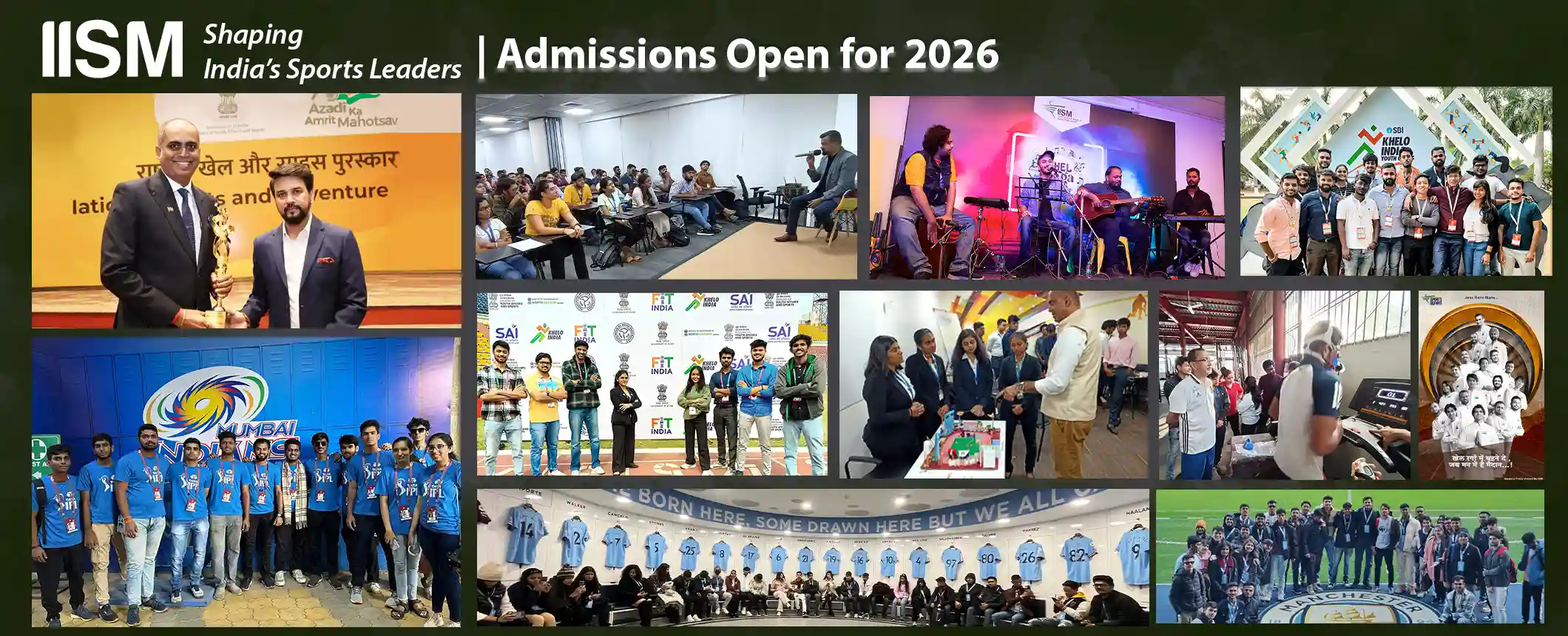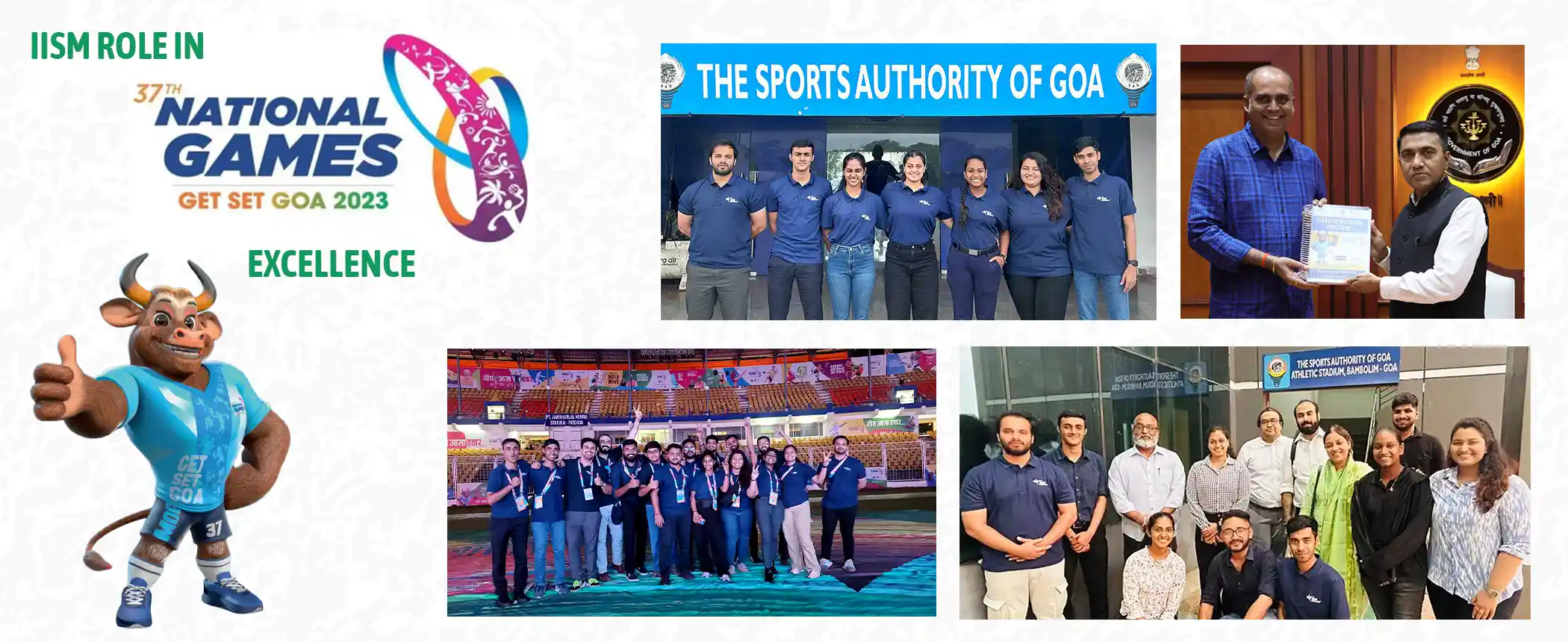Can Disabled Athletes Outcompete able-bodied athletes?

Oscar Pistorius is not a new name in the sports landscape. In 2012, he became the first double-leg amputee to participate in both the Olympics and Paralympics, beating several able-bodied competitors.
That’s not it. Wheelchair athletes outperformed their able-bodied counterparts with world record times in the 400-meter distance race.
There’s more.
In the men’s marathon, able-bodied athletes recorded two hours and three minutes compared to the fastest official wheelchair athlete with a record time of one hour and twenty minutes.
The trends showcase that we are witnessing peak physical performance, pushing the boundaries of speed, strength, and endurance. Hence, the question arises:
What happens when disability enters the equation?
Should athletes with physical limitations compete with or even surpass able-bodied athletes?
Well, the answers are not simple, as it depends on the sport, the disability, and most importantly, the evolving landscape of adaptive technology.
The Role of Technology in Redefining Sports
Technology is constantly pushing boundaries in the realm of sports, whether it is prosthetics or wheelchairs.
Blade prosthetics, for instance, have revolutionized running for amputees. These advanced limbs allow for a more natural running gait and improved energy transfer, potentially giving some athletes an edge. Oscar Pistorius, the “Blade Runner,” is a prime example. His use of prosthetics sparked debates about fairness in able-bodied competitions, eventually leading him to compete solely in the Paralympics.
Modern racing wheelchairs are marvels of engineering—lightweight, aerodynamic, and designed for maximum efficiency on flat terrain. This allows wheelchair athletes to achieve incredible speeds, consistently beating world records in marathons and other long-distance races.
However, this advantage doesn’t translate across all sports. That’s why the Paralympic Games feature a classification system that ensures fair competition by categorizing athletes based on the nature and severity of their disability.
Paralympics: A Testament to Advancement in Para Sports
The Paralympic Games have become a global stage demonstrating how adaptive sports have advanced through technology and innovation. From prosthetics and specialized wheelchairs to AI-assisted training tools, these games highlight how para-athletes compete at elite levels. Each edition of the Paralympics showcases new records, groundbreaking equipment, and inspirational performances that push the limits of human potential—showing that sports excellence is not defined solely by ability but by determination, innovation, and adaptation.
Athletes Who Redefined “Disability”
Beyond Pistorius, there are multiple examples of para-athletes outperforming, inspiring, and even setting standards comparable to able-bodied athletes:
- Tatyana McFadden (USA) – The “Queen of the Paralympics,” she has won 17 Paralympic medals and dominated wheelchair racing in multiple distances. In marathons, her timings often surpass those of able-bodied runners, proving that speed and endurance are not limited by physical ability.
- Markus Rehm (Germany) – Nicknamed the “Blade Jumper,” Rehm has consistently jumped beyond 8.60 meters in the long jump—distances that would easily qualify him among Olympic medal contenders. His performances have reignited the debate on whether advanced prosthetics offer a competitive edge.
- Deepa Malik (India) – A trailblazer in Indian para-sports, Deepa became the first Indian woman to win a Paralympic medal (silver in shot put, 2016 Rio Paralympics). Beyond her medal, she has competed in swimming, javelin throw, and motorsport rallies—challenging stereotypes and showing that disability is never a limitation.
- David Weir (UK) – Known as the “Weirwolf,” he has won multiple London Marathons in his racing wheelchair, often clocking times faster than elite able-bodied marathon runners. His dominance is proof of how adaptive technology, combined with sheer training, can tilt the scales in endurance sports.
- Preethi Pal (India) – Pal made history by becoming the first Indian woman to win two medals in track and field at the Paralympics, securing bronze in both the 100m and 200m T35 categories at Paris 2024.
- Harvinder Singh (India) – At the Paris 2024 Paralympics, Singh made history by winning India’s first-ever gold medal in para-archery, clinching the top spot in the men’s individual recurve open event.
More Than Just Competition
Coming back to the question of “who can outperform whom” misses a crucial point. Para-athletes don’t just compete; they redefine what’s possible. The Paralympic Games showcase the incredible determination, resilience, and skill of athletes who overcome immense physical challenges. They train just as hard, pushing themselves to achieve peak performance within their categories. Whether it’s a wheelchair athlete defying physical limitations on the track or a visually impaired swimmer navigating the pool with pinpoint accuracy, these stories showcase determination, resilience, and the fusion of human will with technology.
The future of adaptive sports promises to be even more fascinating, with advancements in AI, biomechanics, and prosthetics constantly raising the bar of human achievement—both with and without disabilities.
Check out more blogs:– https://iismworld.com/indian-cricketers-who-turns-in-to-an-entrepreneur/













